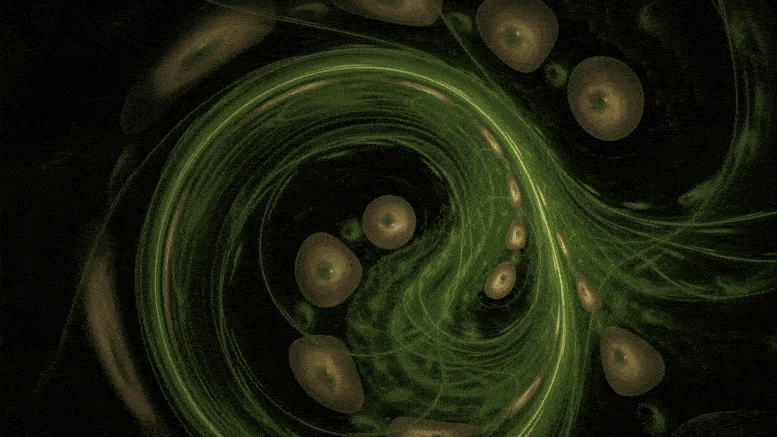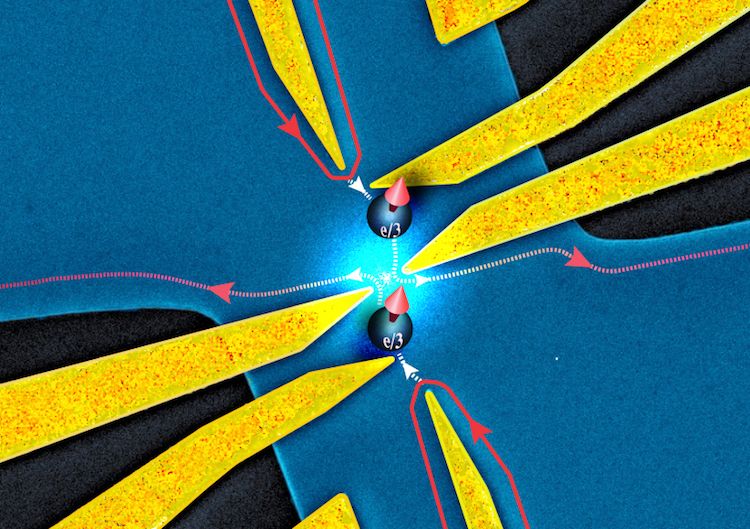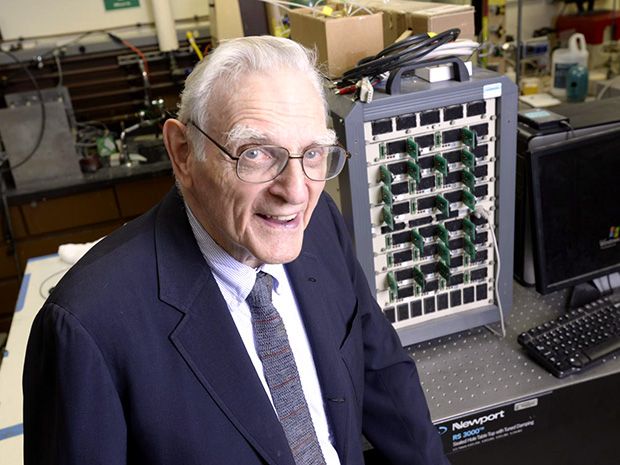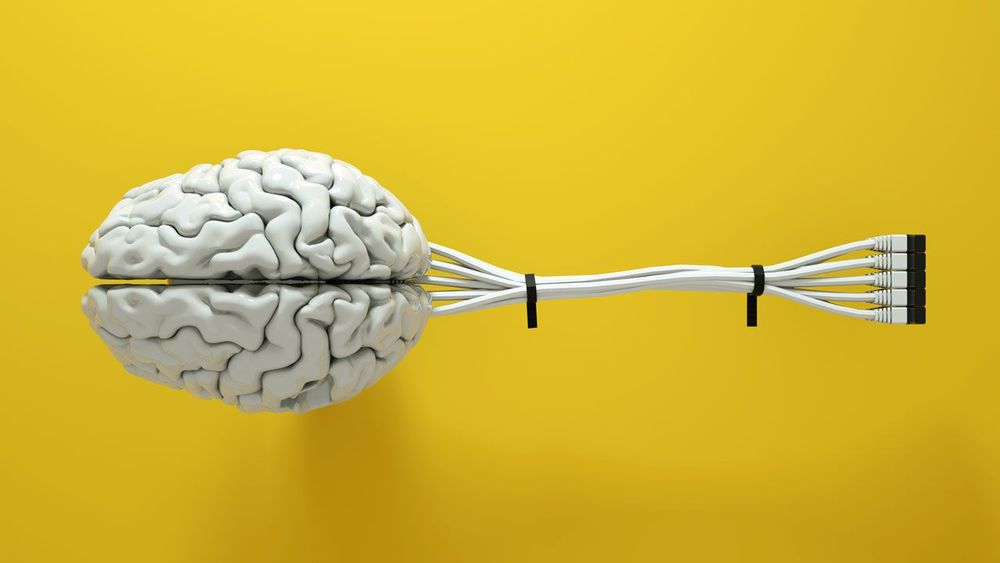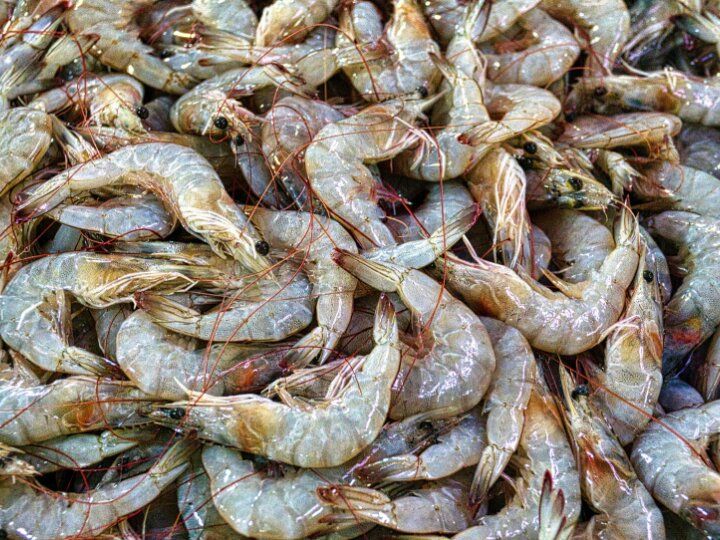May 29, 2020
New ‘Whirling’ State of Matter Discovered: Self-Induced Spin Glass
Posted by Quinn Sena in categories: chemistry, physics, robotics/AI
The strongest permanent magnets today contain a mix of the elements neodymium and iron. However, neodymium on its own does not behave like any known magnet, confounding researchers for more than half a century. Physicists at Radboud University and Uppsala University have shown that neodymium behaves like a so-called ‘self-induced spin glass,’ meaning that it is composed of a rippled sea of many tiny whirling magnets circulating at different speeds and constantly evolving over time. Understanding this new type of magnetic behavior refines our understanding of elements on the periodic table and eventually could pave the way for new materials for artificial intelligence. The results will be published in Science on May 29, 2020.
“In a jar of honey, you may think that the once clear areas that turned milky yellow have gone bad. But rather, the jar of honey starts to crystallize. That’s how you could perceive the ‘aging’ process in neodymium.” Alexander Khajetoorians, professor in Scanning probe microscopy, together with professor Mikhail Katsnelson and assistant professor Daniel Wegner, found that the material neodymium behaves in a complex magnetic way that no one ever saw before in an element on the periodic table.
